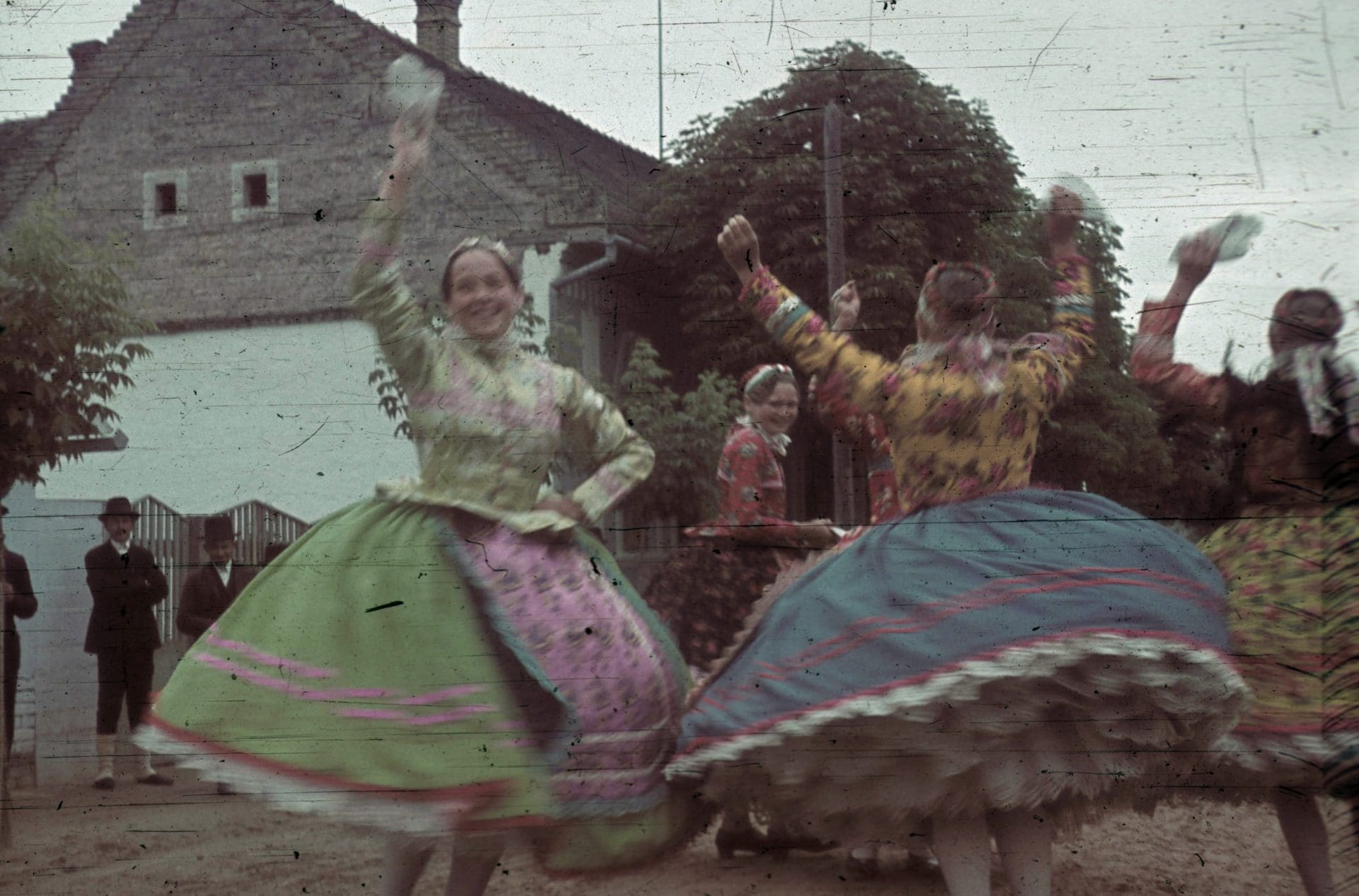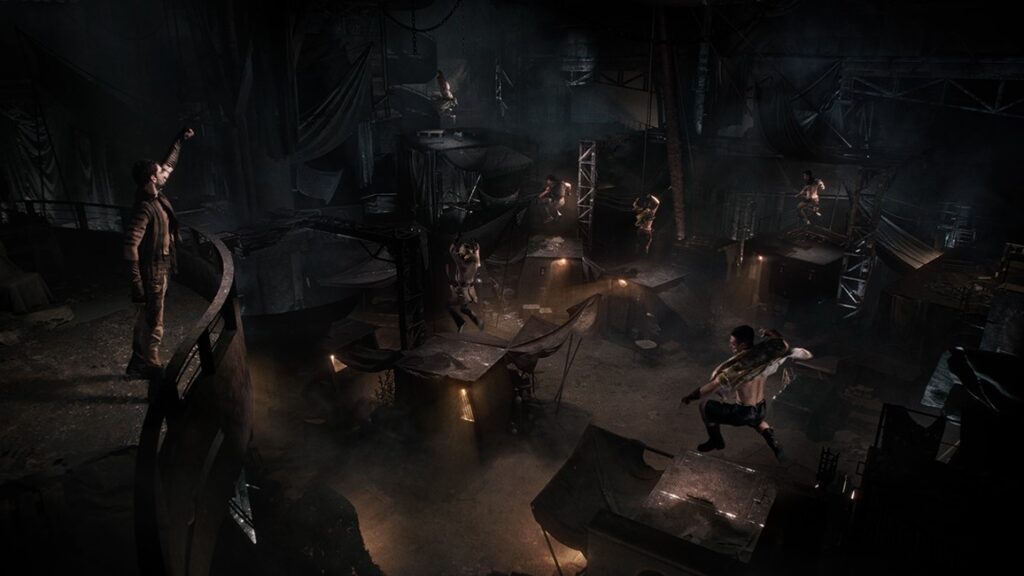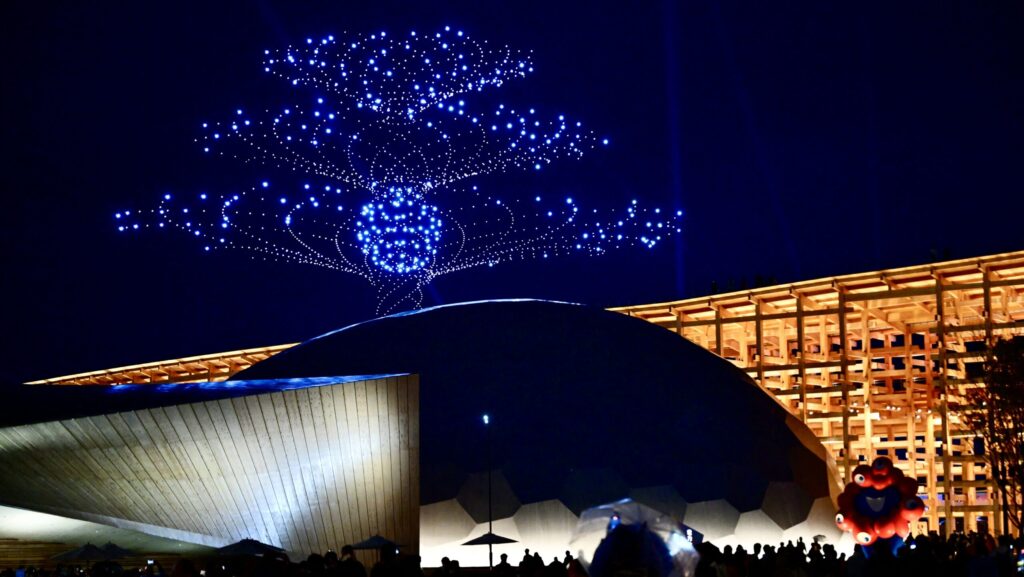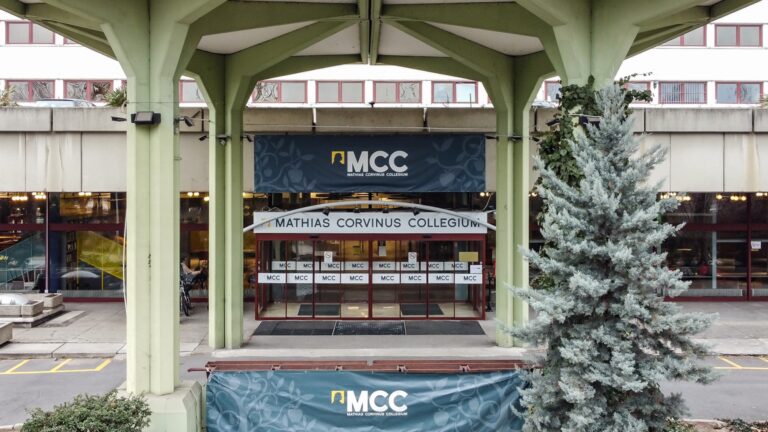References to tradition can be attacked in many ways, and traditionality often has a lot thrown at it: every tradition had to be started once; traditions change; there are as many traditions in the world as civilizations, cultures, nations, and regions, and they cannot all be ethically valid without being contradictory; and finally, tradition oppresses, it is authoritarian, it suppresses the individual and is irrational. Tradition is also hard to defend because—as Edward Shils points out in his book entitled Tradition—‘the traditionality of a belief, practice, or arrangement offers little resistance to arguments which proceed on the presumption of the efficiency, rationality, expediency, “up-to-dateness” or progressiveness of their proffered alternatives’.1
The word ‘tradition’ is derived from the Latin verb tradere; that is, ‘to hand down’—it is perhaps also worth pointing out that it stems from the same root as the verb ‘trade’. Many things may have a tradition: nations, professions, schools of philosophy, and art forms; so, it is not the concept of tradition that has been exiled. There is a tradition of modernity. The ‘tradition of change’ is praised by many, and they do not think about what is involved in this paradox. More substantive traditions, traditions which uphold what has been passed down, receive less support. ‘The “tradition of traditionality” has very few supporters’, writes Shils.
Here I would like to address the viewpoint that takes issue with tradition on the basis that traditions change anyway—the implication being that this effectively applies to all traditions. If this is true of every tradition, however, then the concept of tradition makes no sense.
Nevertheless, changes to traditions are recognized by many thinkers who defend tradition, one example being Michael Oakeshott.2 Tradition as Oakeshott describes it, however, is usually the practice of something.
The Thomist-Platonist German philosopher Joseph Pieper, on the other hand, emphasized the unchanged nature of philosophical tradition; the fact that the essence of tradition is permanence: he believed that tradition is neither an exchange of opinions nor a dialogue.3
The inheritor of a tradition must listen to the handed-down tradition; that is, to the content of the tradition, and must accept it in its entirety. This, however, also means understanding why it is important. When a tradition is passed on, it is not a dialogue between equals; the situation is far more akin to the relationship between teacher and students.
Where tradition is concerned, the literature on political theory tends to focus on the sense of continuity and the act of perpetuation. According to this, the essence of tradition is continuous, uninterrupted perpetuation, during which the changes are so minute that they are undetectable—but they are there. The substance of the tradition, however, is usually skimmed over. Pieper rectifies this when he emphasizes not only the act of handing down the tradition, but its content as well: the substance of what is handed down, the tradition itself. Thus, for Pieper the two aspects of tradition, the act of perpetuation and the substance of what is handed down, are both important. The change that exists, meanwhile, is less important than the constancy.
‘The essence of tradition is permanence’
We still do not know, however, what kind of relationship exists between change and constancy, because change happens, giving rise to the question of when we reach the point where a tradition changing intrinsically in the course of history changes so much that it is no longer its former self. What break needs to occur for a change to be regarded not as a change within the tradition itself, but one that is external and anti-traditional?
We cannot give a simple answer that applies in every case, but ethnography can help us shed much light on how we can distinguish legitimate changes and variations within a tradition from those that are extrinsic to, and may even shut down or destroy, the tradition. This is because ethnography has already examined in minute detail the relationship between change and constancy in relation to folk tradition. This is essentially what a study by the (regrettably communist) Gyula Ortutay entitled ‘Variant, Invariant, Affinity: The Laws of the Oral Tradition’ is about: the masterpieces of spiritual folklore, be they folk tales or folk songs, live on only in their specific versions; but this does not mean that, for example, a tale that exists in numerous versions is not the same tale, even if there is no original or ‘true’ version to serve as a point of reference.4
We could cite a more obvious example from the world of folk music and folk dancing. We know how, in the history of Hungarian folk dance, the turning couple dances originating in the Renaissance paved the way for the csárdás that came into vogue during the eighteenth and nineteenth centuries and was organically assimilated into the dance repertoire. And we also know that the people of each village dance a little differently, even within a given region, to say nothing of the great individual dancers. Folk dancing, therefore, exists in variants just like folk poetry and folk stories.5
Over the centuries, traditional dances absorbed and incorporated numerous influences and also changed themselves; people would come away from fairs with songs learned from the inhabitants of other regions and shape them in their own image at home. For folk songs, tales, and dances, the community instinctively sensed which of the many influences to incorporate into their own traditions, while rejecting others like the body might a transplanted organ. But the outside influences did not only arrive horizontally, from other regions, but also from above. This is because for the common people, for the peasantry, until not so long ago, the lifestyle of the oft-despised nobility, the aristocracy, was something of a source of inspiration. This meant that, for example, countless tunes and dances filtered down from aristocratic courts to the peasantry and were turned into folklore. In this process the tradition changed, but certain elements remained constant and intact.
In the twentieth century, however, thanks to the radio and later other mass communication channels, a torrent of external influences washed over local communities and their cultures in a very brief span of time. Elements of modern, Western couple dances filtered in; then in the second half of the century disco emerged, and in parallel with this, the melodies of one or two pop songs were assimilated organically into folk music. Folk dance was increasingly superseded by ‘party’ music and other forms of entertainment that are now widespread, with folk songs making way for pop hits, and folk stories losing ground to television. So, a tradition that had until then assimilated occasional outside influences, was now bulldozed by them. Sometimes, a traditional dance sequence is singled out in a modern celebration featuring contemporary popular music where several generations are represented.6
Can we say of this phenomenon that there is nothing to be sad about; that we are just witnessing a change in the tradition? No. For the local people, for the ‘owners’ of the tradition, it is clear that instead of a change in the tradition we are talking about its disappearance and replacement. The old is replaced with the new; the tradition is abandoned, and other customs are adopted in its place.
When innovations are not assimilated into folklore but bury it, the process of folklorization is shut down. When innovations and changes are not incorporated into the tradition but overwhelm it, there is a good chance that the tradition will collapse; and we cannot say that there is nothing wrong, that it is just the tradition changing.
In spite of all this, it is clear that this does not all happen in one stroke: it takes decades (Bartók noted that older folk music and folk songs could be collected in villages located farther from the railway7), and the traditional folk dance also existed in variants. The dance of Kalotaszeg is still unmistakeably the Kalotaszeg dance even if it only exists as the dance of Méra or Magyarvista/Viștea, etc. And the biggest difference that can exist between two Hungarian folk dances, namely whether the dancers spin on their inside or outside foot, is only present within the regional unit. The dance varies from village to village, and among famous dancers within each village, without any ideal ‘Kalotaszeg’ dance.8
It changes in both space and time, yet still it has tangible general properties that can be sensed intuitively. When these are buried under external influences, however, it is not simply a change within the tradition, but its decline and in the worst-case scenario (God forbid), its disappearance.
‘The essence of tradition is continued, uninterrupted perpetuation, during which the changes are so minute that they are undetectable–but they are there’
I believe that these ethnographic perspectives on the change and constancy of folk tradition can also be used to crystallize the often overly generalized conception of tradition held by conservatives. Tradition is not merely change but delimited change—and also permanence and constancy. It is impossible to shoehorn all changes, especially radical ones, into a tradition.
And this also raises the issue of reviving traditions, whether a tradition that used to define everything still exists as a fragment, or has disappeared completely but we still know, or can remember, how it looked. Because if tradition is not merely part of the process of handing down; if the substance of what is being handed down is just as, if not more, important, then there is a good chance that traditions which are still known can be restored. This is what the revival groups, such as the Hungarian Táncház (Dance House) movement, are all about.
Thus there is no contradiction, ethically, religiously, or politically, in the restoration of interrupted traditions and the revival of the substance of tradition; and it will be as clear as day that tradition is not necessarily equal to what exists now. After all, the first conservatives did not want to defend what there was at the time: they wanted to restore what had declined (or been forcibly erased) not long before; in France, for example, the monarchy. The revival and reinstatement of tradition, its restoration if you like, is by no means self-contradictory, and constancy is a more important element of tradition than change.
Translated by Daniel Nashaat








